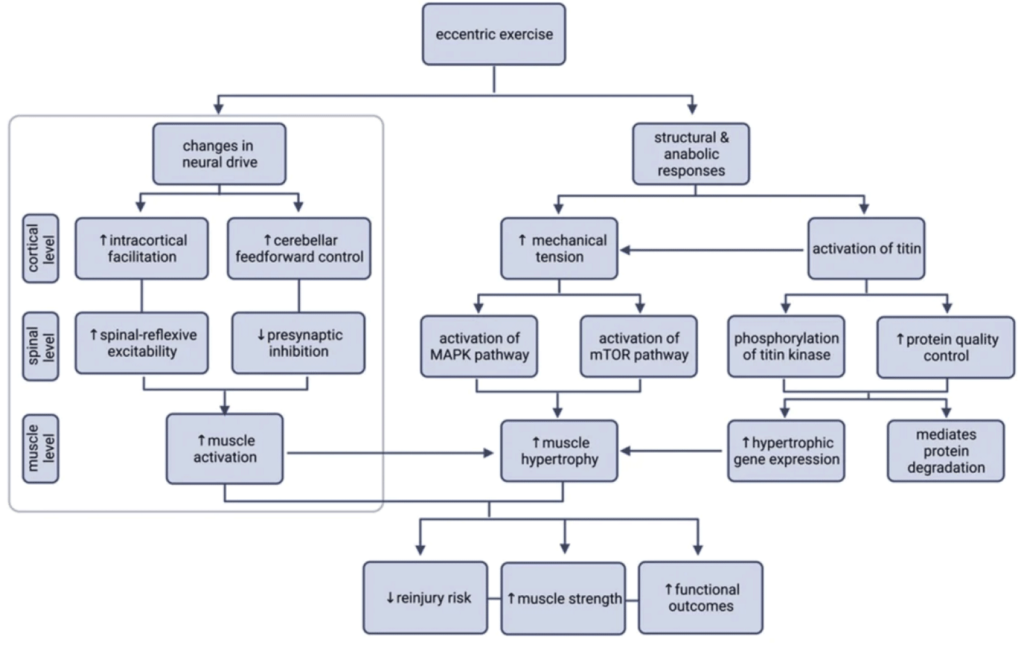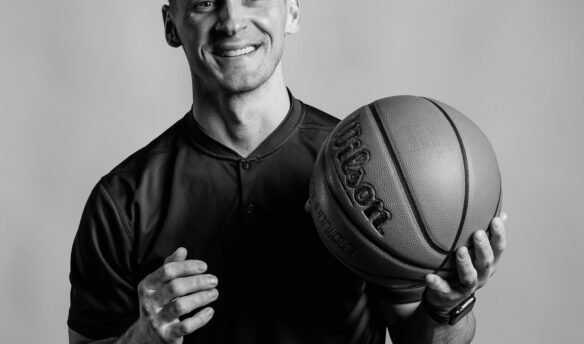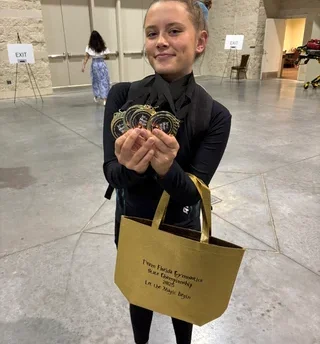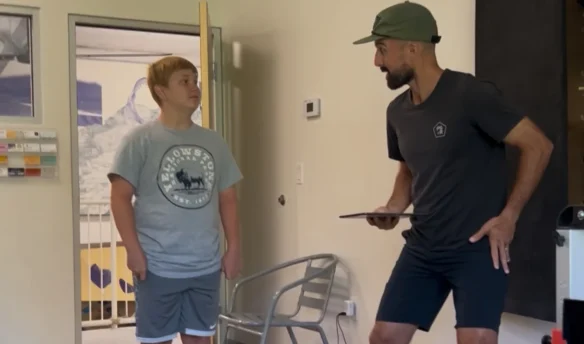Welcome back to school and fall training schedules! As our high school, college, and club athletes get back into the swing of training for the 2024-2025 season, we have several other clients diligently putting in the hard work to get back on the field and some of them aren’t even in St. Augustine! We have been building a group of clients taking advantage of remote training and consulting to return to their sport post ACL reconstruction.
We frequently see clients who have been discharged from traditional physical therapy clinics with ongoing pain, swelling and lack of confidence despite having met traditional criteria for return to sport readiness. In the United States, the average patient with an ACL reconstruction is discharged from structured physical therapy between 4-6 months because they’ve used up their available insurance benefits. Many parents and athletes are left returning to their teams not feeling ready to train or compete but are not sure where to turn to for help. This system fails to adequately prepare athletes to successfully return to sport and leaves a gap during one of the most critical training periods.
Because of this gap in care, only 65% of individuals undergoing ACL reconstruction return to pre-injury status, and only 55% return to competitive sport. In addition, youth athletes that return to sport before 9 months post ACL reconstruction have a 7x greater risk of a second ACL injury. This is even after clearing batteries of tests used in traditional clinics used to measure readiness for return to sport.
So what makes PS+R different? How can we identify and measure impairments that other clinics can’t? How do we manage these clients remotely?
First, experience. Having worked in a professional sporting setting for over 10 years has given Steve unique insights through his regular collaboration with the best in coaching, strength and conditioning, sports science, biomechanics, and physical therapy to repeatedly discover critical gaps in an athlete’s movement profile.
Second, a process to understand how these impairments interact with findings we uncover in a traditional physical therapy evaluation. Our performance evaluation process layers specific measures of performance and movement on top of the traditional physical therapy evaluation to create the most comprehensive evaluation of an athlete’s movement profile. Once we get movement profile data in person, we can meet weekly to track response to training progression and collaborate with key stakeholders including coaches and athletic trainers to drive outcomes for the athlete.
Third, technology. To measure impairments that can’t be seen with the naked eye, we use specialized technology to capture deficits in all aspects of strength, movement, power, acceleration and deceleration. While these tools are typically only accessible in an elite sporting setting, PS+R brings them directly to you so that we can measure what can’t be seen, create an effective plan of progression, and adapt that plan based on repeating those measures.
Our processes at PS+R are designed to address this critical time in developing an athlete’s capacity to beat the odds, and return to sport fitter, and more resilient than ever. Surprisingly, you don’t need to be local to St. Augustine to benefit from the services PS+R provides to our athletes returning to sport from ACL reconstruction.
This month’s client spotlight, Savannah, is an outstanding example of one of our athletes doing hard work with remote training to get back on the field for her first year of college soccer.
In The News
Libby’s Research
We had a great turnout of runners for the kick off of the Stone Running Club! We talked about training principles, how to stay healthy and injury free, how to adapt your training for your first marathon, or to improve your performance for your 10th marathon! Check out Stone Running Crew on Strava and drop us a line about how your training is coming along!
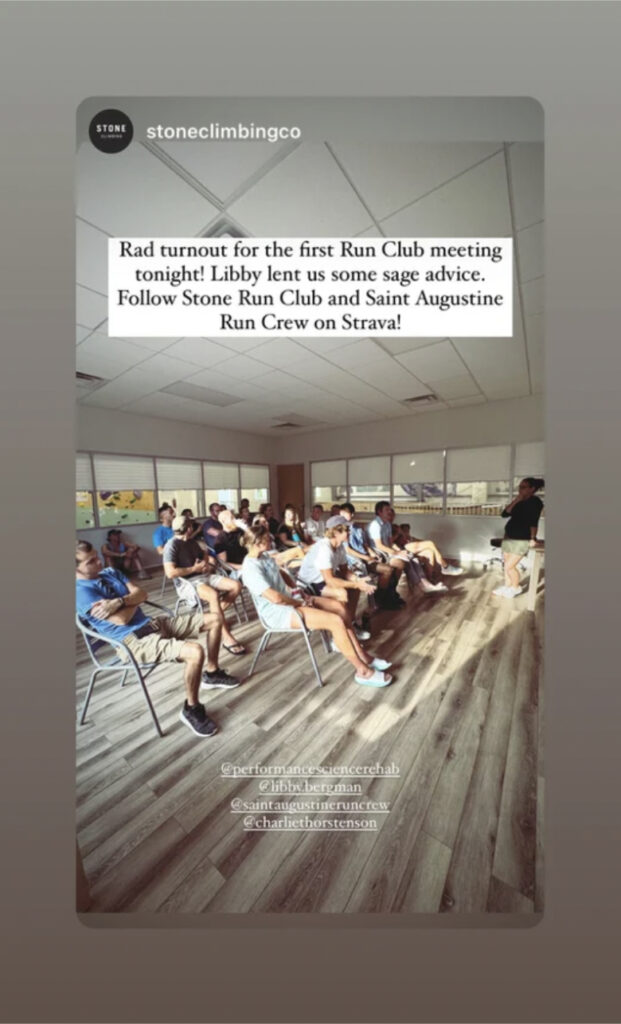
Where in the world is Steve and the USMNT?
Steve heads off to the next UMSNT training camp at the end of the month. The team will train in Kansas City and Cincinnati, and will face off against Canada and New Zealand in international friendly matches in early September.
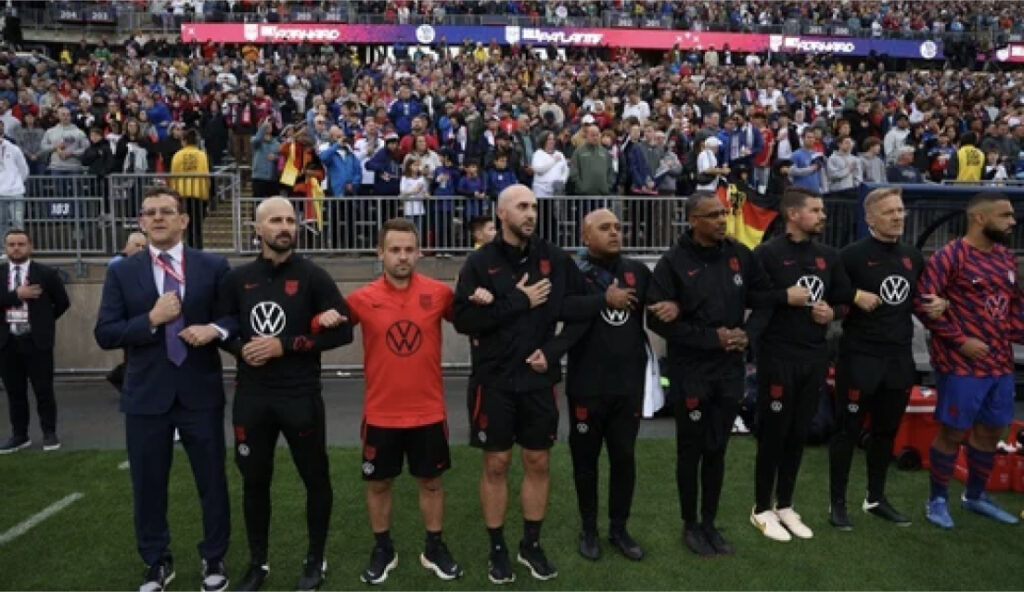
PS+R Client Spotlight | Savannah O’Grady
Savannah sustained a non-contact ACL/MCL/Meniscus while playing a soccer match this spring. PS+R saw her 4-months post op after being cleared from an insurance based practice that ran out of visits. Upon discharge she was running a total volume of 2-miles with subsequent knee swelling even though single leg hop series and y-balance showed no deficits on her surgical knee. So why the pain and swelling when she has officially graduated and passed return to play tests?
PS+R evaluation using objective measures discovered the following:
- 10% asymmetrical forces with bilateral squatting (offloading of the affected knee)
- 10% asymmetrical with excursion of a single limb in a quad dominant position(she’s not getting out of her base of support as well on her affected knee when the quad is the predominant stabilizer)
- 20% eccentric deficit on the affected limb (see below)
- 50% concentric (propulsion) deficit on the affect limb (lacking a significant amount of strength to create explosive power on her affected, and dominant, limb)
Following her performance evaluation, Savannah began virtual training due to her limitations in getting back to St. Augustine. We regressed her running to bridge the gap in her impairments listed above. Our goal was to improve each of these impairments to ensure the limb could tolerate deceleration forces 4-5x times her bodyweight before progressing her running again. After 4-weeks, Savannah was able to bridge these deficits at which point we started to work on not only increasing her running volume, but adding in linear speed qualities concurrently with sub-max tempo running to simulate positional demands as a center midfielder. We then started to training multi-directional movement skills on the field while supporting these movement patterns in her gym work. She continues to work remotely with Steve as she starts her college career at Eastern Florida State College.
Maecenas faucibus mollis interdum. Integer posuere erat a ante venenatis dapibus posuere velit aliquet.
Maecenas faucibus mollis interdum. Integer posuere erat a ante venenatis dapibus posuere velit aliquet.
Savannah O’GradyCurrent Client
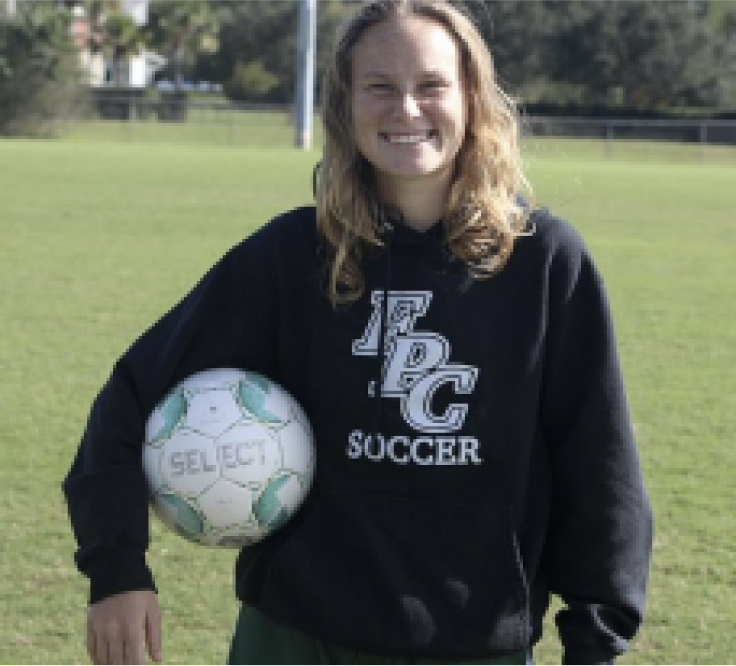
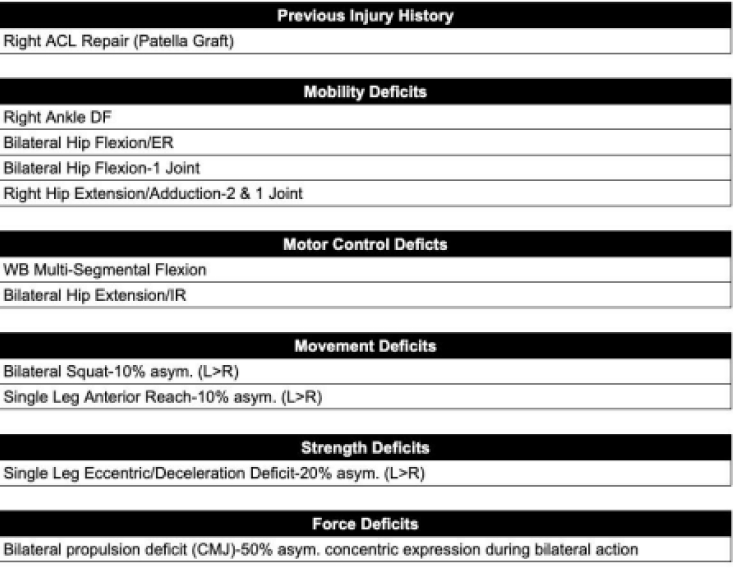
Movement screen and mobility deficits:
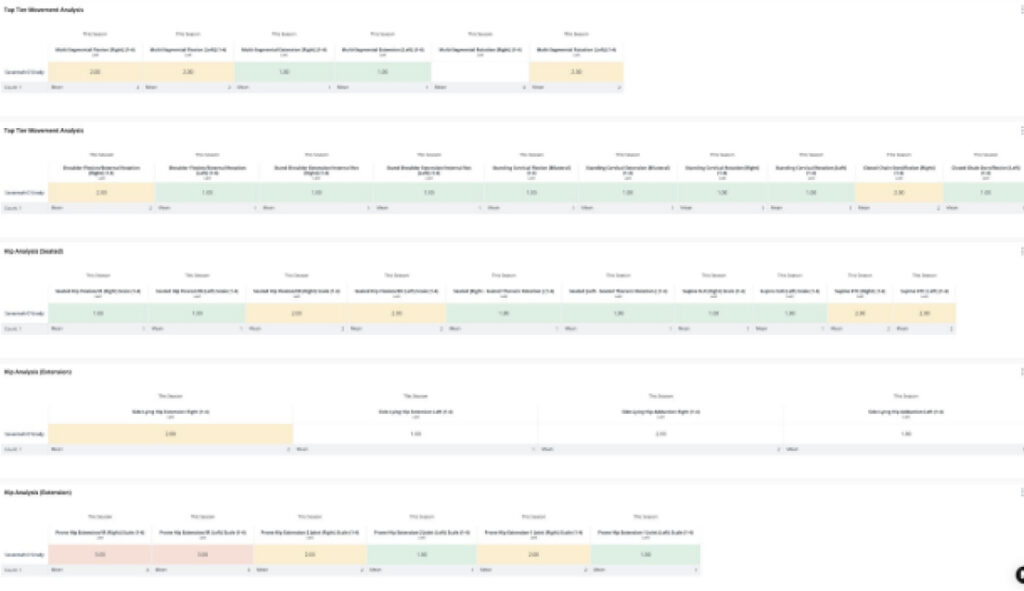
Single limb stability:

Isometric Strength Profile:


Difference between left and right legs on eccentric strength measured on a force plate (green peak that’s higher is left leg, lower green peak is right, surgical, leg)

The importance of eccentric strength for return to sport
In Savannah’s spotlight above, we talk about measuring a deficit in her eccentric strength on her affected knee. This is a great example of a deficit that we can measure using technology at PS+R, that can’t be measured in a traditional physical therapy setting.
So what is eccentric strength and why does it matter in rehabilitation? An eccentric contraction is one where the muscle is lengthening as its contracting. This occurs when an external force applied to the muscle is greater than the force the muscle generates at that moment. The external force causes the muscle and tendon to lengthen while still contracting. During this process, the muscle absorbs energy from the external load.
These contractions occur in almost any exercise and when the muscles stretch to support the body against gravity, absorb shocks, or store elastic energy for upcoming concentric contractions. You experience an eccentric contraction in your quadriceps every time you walk down the stairs— if you’ve ever experienced a knee injury, you can attest that going down the stairs is much harder initially than going up!
Eccentric strength is important for athletes as it smooths out movement around a joint and is a critical component of braking, changing direction, and landing- all critical moments in sport where ACL injury occurs. Below you can see a summary of all the effects of eccentric training. On the left are the training effects at the level of the brain and spinal cord. These neurological responses to training are critical components of what clinicians describe as “motor control” about a joint. When a PT talks about improving muscle activation or recruitment, they will often emphasize eccentric training to do so.
On the right side of the chart are all the changes that occur at the level of the muscle- the end result of which is hypertrophy (or muscle growth)— which we all know is a critical piece of improved athletic performance!
